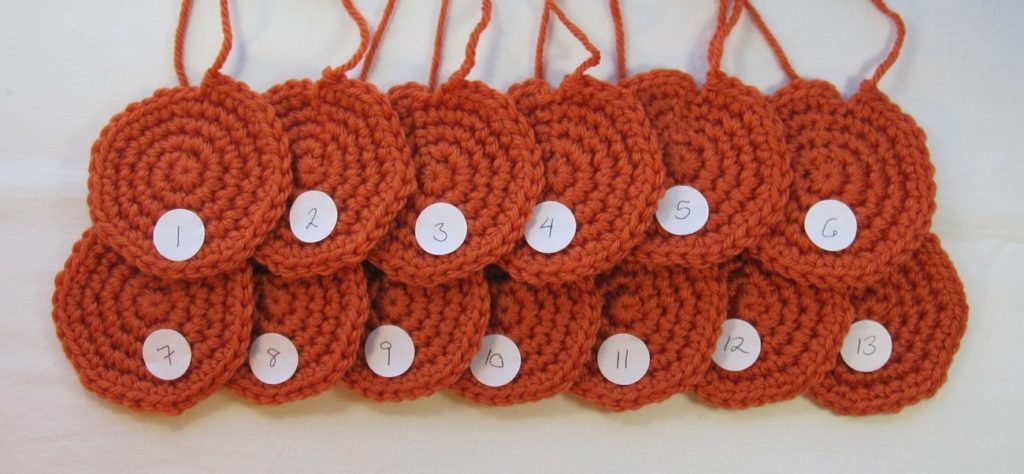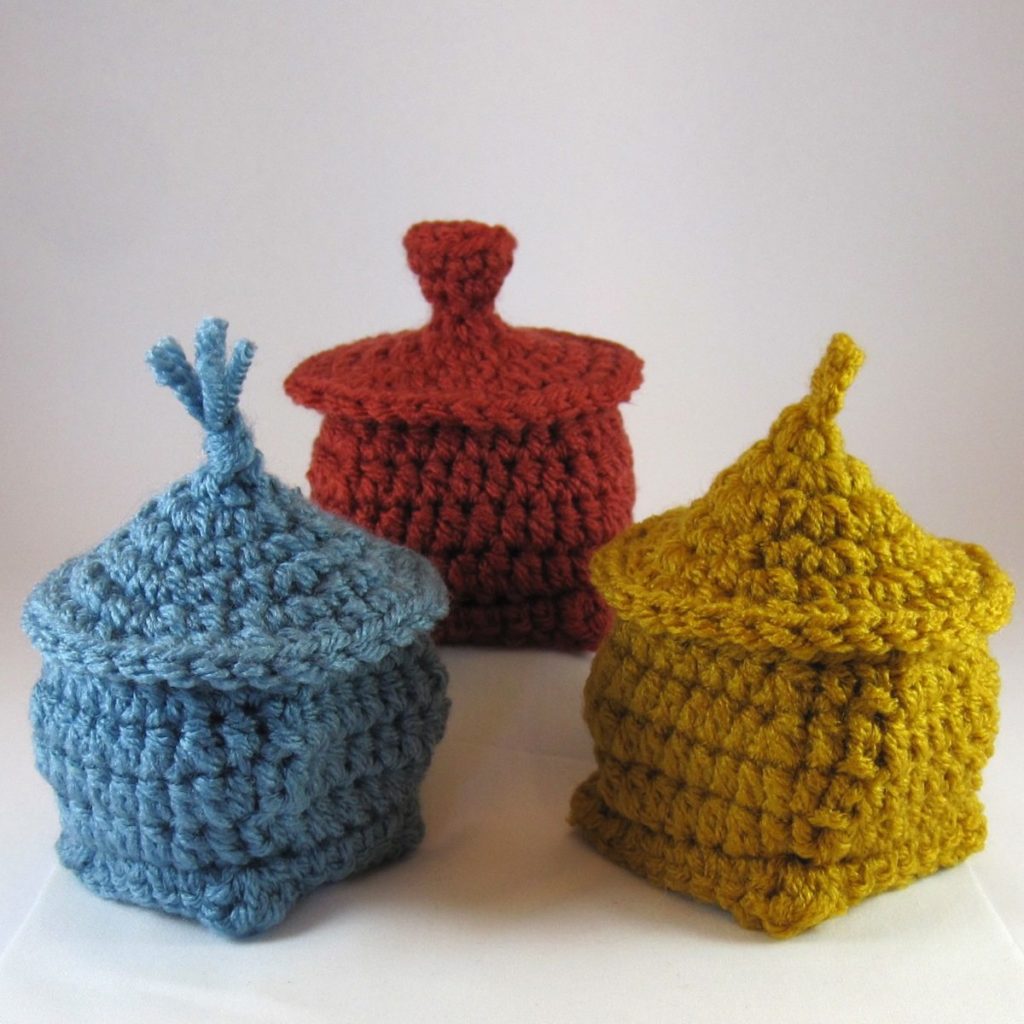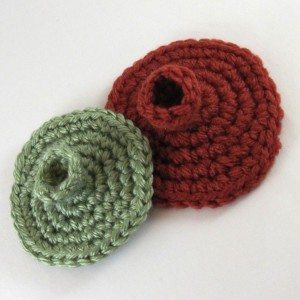Today is my third crochetiversary! To celebrate, I’m going to dig into the archive and present some projects I did before this blog began (the following March). This will be a Sunday feature (why not?) through the end of the year.
I began crocheting during a bout of insomnia, from the Reader’s Digest Complete Guide to Needlework. My first attempt was a muddled mess. Finally I succeeded in a couple of rows of recognizable fabric.
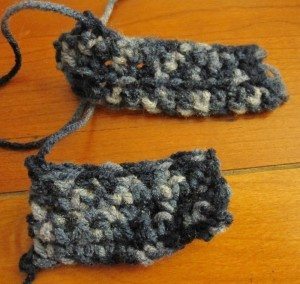
One mistake: the yarn was not only fuzzy-textured, it was variegated and rather dark. Smooth, light colored, solid yarn is better to start with, for easier hook-work and for seeing what you’re dealing with.
I tried some taller stitches and had the typical trapezoid experience.
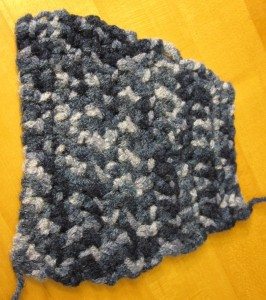
Finally, though, I succeeded in making Caron’s free heart. I am pretty sure it did not match the pattern, but it was a recognizable heart.
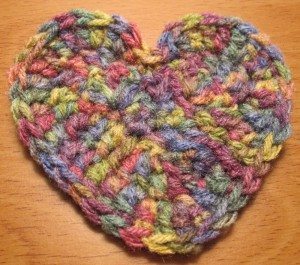
This went on Facebook with the caption “I did a thing!”
My next project was a pattern I’d actually tried the first night I crocheted, sitting on my bed in the wee hours of the morning, and mangled terribly. Not so this time! I made piles of goldfish.
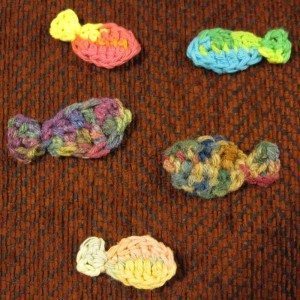

After that I felt bold enough to experiment with different hooks and with stitch improvisation.
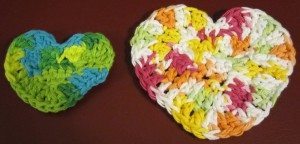
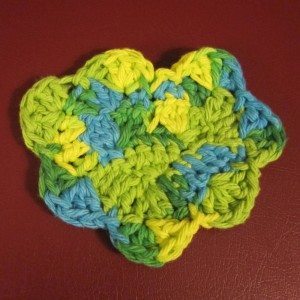
In late November I tried a pattern that used one-loop-only stitches, a butterfly, and by the beginning of December I had a perfect swatch of double crochet (plus some single crochet).
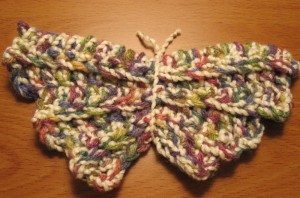
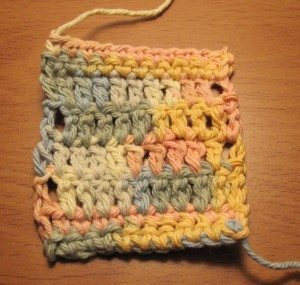
To be continued….
